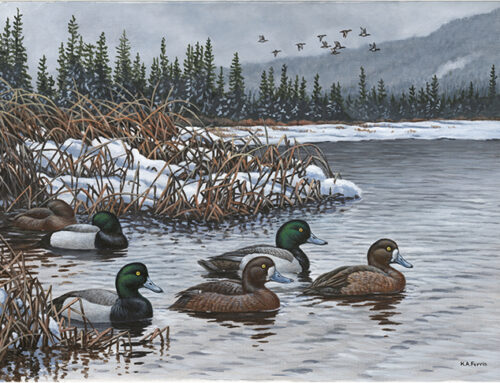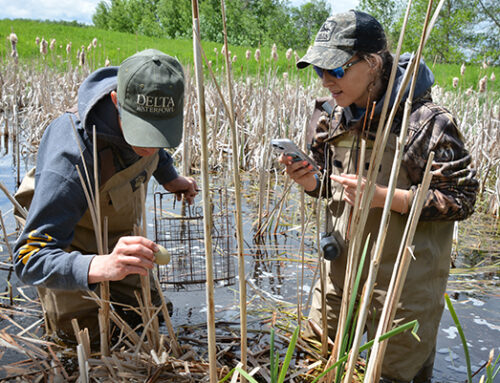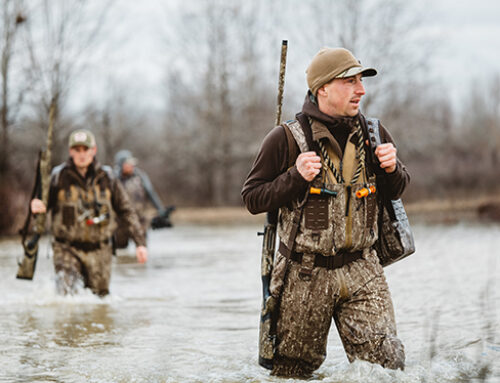What is HIP?

HIP stands for Harvest Information Program, and it’s a vital tool in management of North American waterfowl
One of the most important actions a migratory bird hunter can take to improve waterfowl management in North America happens at the license counter or online when you purchase a hunting license. If you intend to hunt migratory birds—which includes ducks, geese, swans, cranes, doves, coots, rails, and gallinules—you are required to register for the Harvest Information Program, aka “HIP.”
Many hunters don’t fully understand HIP, and they might be unsure why anyone needs to know how many ducks and geese they shot last season, or whether they hunted coots or doves.
HIP was first instituted in 1999 as cooperative effort of state wildlife agencies and the U.S. Fish and Wildlife Service to identify migratory bird hunters, which species they hunt, and how avidly they hunt them. The main function of HIP is to sort hunters into groups, which can then be used by USFWS to efficiently administer more detailed, precise surveys about hunter effort and actual harvest.
“HIP is just the front door. It just qualifies people who say they are migratory bird hunters,” said Brad Bortner, a consultant working with the Wildlife Management Institute to help improve the accuracy of HIP. Bortner retired as chief of the USFWS Division of Migratory Bird Management in 2017.
Based on information derived from HIP, the USFWS selects migratory bird hunters to participate in web diary surveys and parts collection surveys. The number of active waterfowl hunters, as well as the species, sex, and age of the harvested birds are estimated through data collected in these more detailed hunter surveys.
Hunters need to register for HIP every year in every state where they intend to hunt migratory birds.
“The answers to those questions are specific to each state where you are buying a license,” Bortner explained.
For example, if you are a Wisconsin resident buying an Illinois license, you would not include the number of ducks you shot in Wisconsin the prior year in your HIP answers to the survey for Illinois.
Bortner stressed the important part hunters play in waterfowl management.
“Hunters have a significant role in hunter science here,” he said. “They benefit from participating in HIP by providing truthful and accurate answers to those questions. If hunters understand it better, I’d think they’d want to make sure their data was included. Hunters have skin in the game. They are benefitting from the seasons, and their information is providing better management.”
Bortner is aware of the conspiracy theories and suspicions about HIP data being used as a justification to impose lower bag limits or that game wardens will show up to look in the freezers of successful hunters.
“None of that’s true,” he said. “I have heard the concerns about law enforcement showing up or the regulations getting tighter. It’s much more likely in this day and age that the information provided by hunters will show that hunting isn’t as big of a controlling factor for populations as we used to think. I just wish hunters would understand that.” — Paul Wait






Leave A Comment